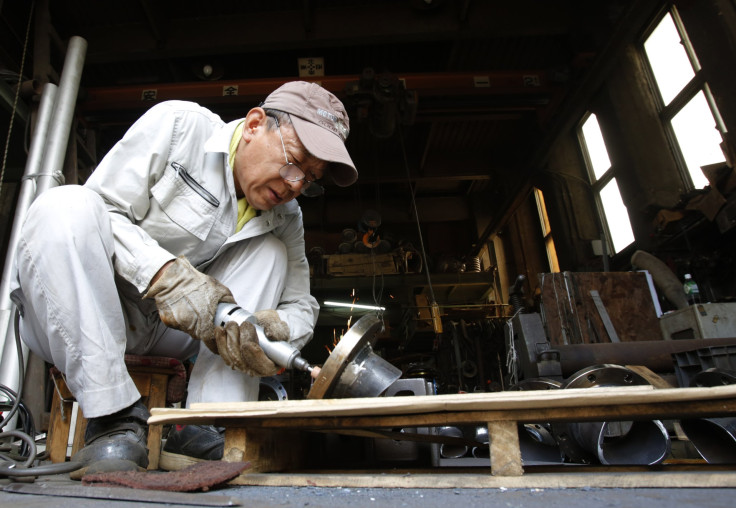Japan's Latest Stimulus Going Largely To Construction Firms For 2020 Olympics, Disaster Recovery And Prevention

Japanese Prime Minister Shinzo Abe and his cabinet approved a $53.5 billion (5.5 trillion yen) stimulus package Thursday that would siphon money to the country’s lowest income earners as well as construction firms to repair aging roads, bridges and tunnels, improve the earthquake-resistance of schools, and renovate Tokyo’s National Olympic Stadium for the 2020 Olympic Games, among other projects.
The Japanese government will likely approve the package, designed to prep the economy for an increased consumption tax rate in April from the current 5 percent to 8 percent, and then submit the package to a regular Diet session scheduled for next year. Japan's economy has suffered from chronic deflation and a stronger yen.
Details of the stimulus such as which firms the government will pay have not yet been announced, chief global economist of Capital Economics Julian Jessop told IBTimes.
However, Jessop says, the limited detail available suggests a fairly even split between five areas: corporate competitiveness; disaster and safety measures; recovery from the March 2011 earthquake and tsunami; benefits for the elderly, women and young people; and transfers to middle- and low-income earners to offset the tax hike.
“So far, at least, there is no word on reductions in Japan’s relatively high corporate tax burden and little sign of more fundamental reform,” Jessop said.
A shortage of construction workers and rising prices for materials have halted some construction projects, according to Japan News, so the government has urged local governments to import materials and use engineers efficiently.
To speed recovery from the 2011 earthquake and tsunami disaster, the stimulus would create subsidies for the return of evacuated residents, and reactors at the Fukushima No. 1 nuclear power plant would be decommissioned. Other measures to prevent leaks of contaminated water would be taken.
The stimulus spending will not require new borrowing and will instead be financed from existing underspent accounts, higher-than-anticipated tax revenues and lower debt-servicing costs.
The $53.5 billion would equal just over 1 percent of Japan’s GDP, which the government estimates will create 250,000 jobs. This is less than the amount hoped to be raised by next April’s consumption tax hike, so the fiscal stance will still be tightened, according to Jessop.
“Overall, there is nothing here to justify any major forecast revisions, and the market implications should be limited,” Jessop said. “If anything, though, there may be some disappointment at the lack of progress on corporate tax reform and the continued emphasis instead on subsidies and public works.”
© Copyright IBTimes 2024. All rights reserved.






















